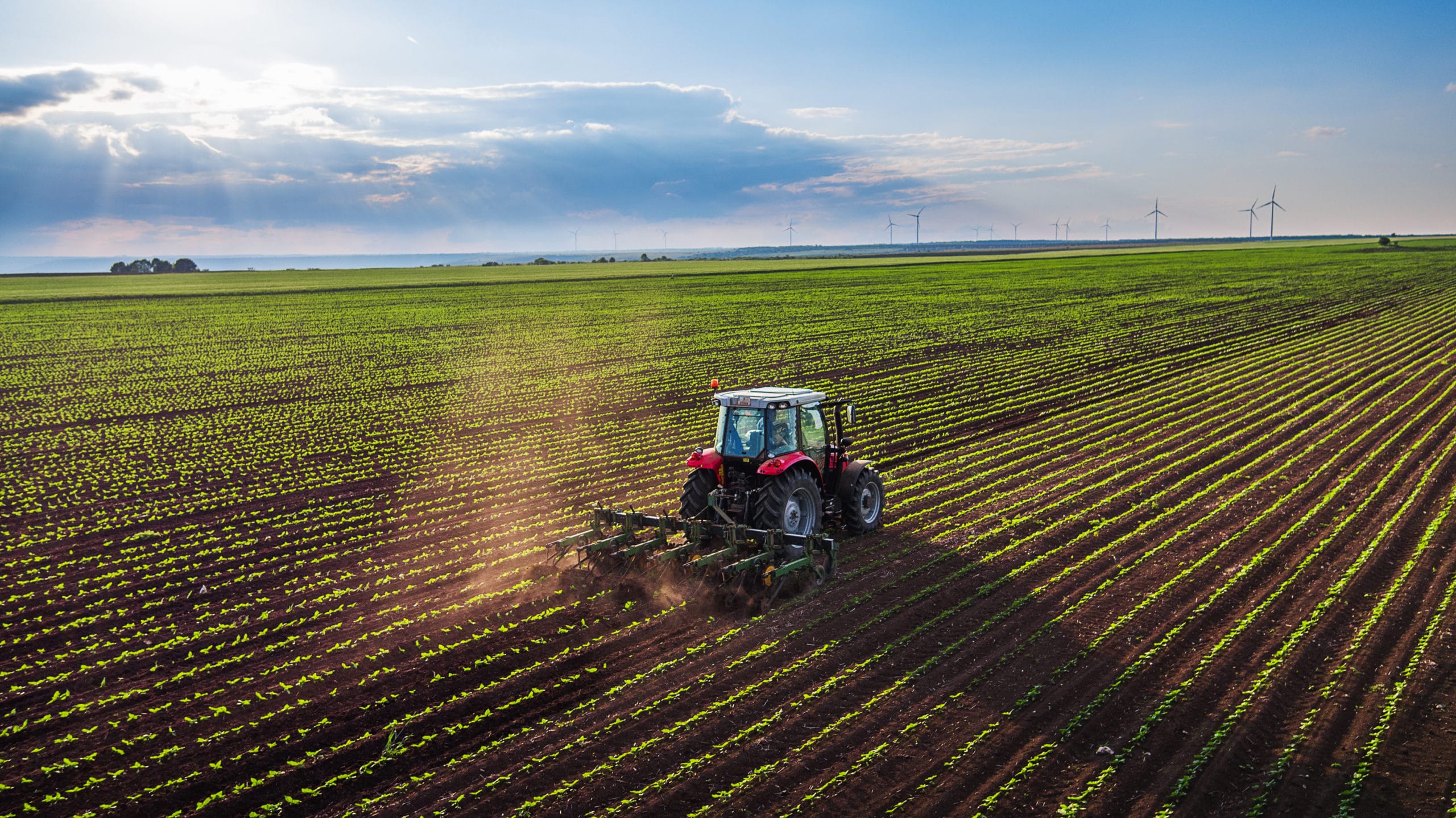
The use of land for agriculture is a fundamental aspect of human civilization and sustenance. Agriculture involves the cultivation of crops and the raising of animals for food, fiber, and other agricultural products.
Here are Some key Points and Considerations Regarding the use of Land for Agriculture:

Food Production: Agriculture is primarily aimed at producing food to feed the world's growing population. Various crops, such as wheat, rice, maize, and vegetables, are grown to provide essential nutrients and calories for human consumption.
Crop Types: Different regions around the world have varying climates and soil conditions, which determine the types of crops that can be grown there. For example, arid regions may specialize in drought-resistant crops like sorghum or cacti, while temperate areas may focus on wheat or barley.
Livestock Farming: In addition to crop cultivation, agriculture also includes livestock farming. This involves raising animals such as cattle, poultry, pigs, and sheep for meat, milk, eggs, and other products.
Economic Importance: Agriculture plays a significant role in the economy of many countries. It provides employment opportunities for millions of people and contributes to the GDP of nations through the sale of agricultural products.
Land Use Practices: Agricultural land use practices vary widely, from traditional subsistence farming to modern industrial agriculture. These practices may involve monoculture (growing a single crop) or mixed farming (diversified crops and livestock).
Sustainable Agriculture: Concerns about environmental sustainability have led to the development of sustainable agricultural practices. These aim to minimize negative environmental impacts, such as soil erosion, pesticide use, and water pollution, while maintaining productivity.
Land Conservation: Preserving arable land is crucial for future generations. Land conservation efforts seek to protect fertile land from urbanization and degradation, ensuring its availability for agriculture.
Crop Rotation: Crop rotation is a technique used to maintain soil fertility and prevent soil exhaustion. It involves alternating the types of crops grown in a specific field over time to reduce nutrient depletion.
Technology and Innovation: Advancements in agricultural technology, including genetically modified crops, precision agriculture, and automation, have increased productivity and efficiency in farming.
Challenges: Agriculture faces various challenges, including climate change, water scarcity, pests and diseases, and the need for sustainable practices. These challenges require innovative solutions to ensure food security for the global population.
Global Trade: Agriculture often involves international trade as countries exchange agricultural products to meet their diverse dietary needs. This global trade can have economic and geopolitical implications.
Land Use Planning: Effective land use planning is essential to balance agricultural needs with urban development, conservation, and other land uses. Zoning regulations and land management policies are used to achieve this balance.
In summary, the use of land for agriculture is a critical component of human society, providing food, livelihoods, and economic stability. However, it also raises important environmental and sustainability concerns that require ongoing attention and innovation to address.
Thank You